Larvae for the castle: types, device, selection and installation
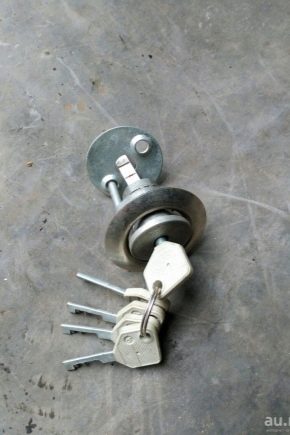
Hearing the name, you may not immediately understand what it is. The door lock cylinder is the heart of the entire locking mechanism. Technically, it is correctly called the Cylinder Secrecy Mechanism or CMS. In a simple way, it is a removable keyhole module. This design greatly facilitates the repair of locks, and if necessary, you will not have to change the key entirely. It is quite easy to replace the maggot. In this, locking mechanisms of this type have a great advantage over lever or any other designs that do not provide for a removable keyhole. Replacement and repair can be carried out independently, using only one screwdriver.
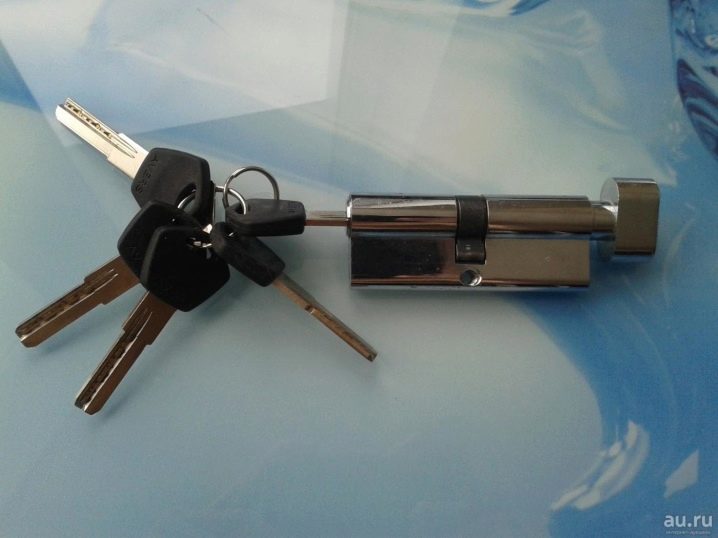
What it is?
The door lock cylinder device is quite simple. In simple terms, it is a cylinder with a pivoting tab in the center, which is driven by a key to unlock and lock the bolt. It is located inside the door leaf in a special through hole and is fixed, as a rule, with one bolt from the end part of the door in the place where the lock contacts the striker. Such mechanisms are mainly used on the front doors of apartments and private houses. Mostly larvae are found in mortise types of locks, much less often overhead mechanisms are made according to this scheme. Depending on the type of locks, the larvae have varying degrees of resistance to picking. It also depends on the complexity of the internal structure of the cylinder itself, the quality of the materials and the type of keys.
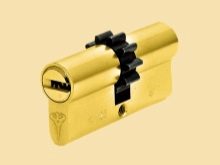
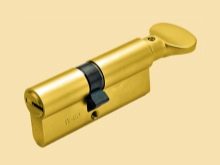
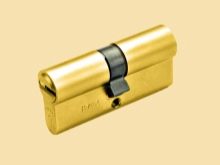
Types and sizes
The larvae of door locks have several types of designs. The simplest and at the same time the most popular is a cylinder with two keyholes located at opposite ends of the larva, the so-called key-key. The lock can be locked for opening from the outside by simply inserting the key all the way from the inside. This feature can also be a disadvantage. Models of this type of cores are quite convenient for constant use. They are deprived of one of the main disadvantages of overhead locks and spinner larvae, which allow a burglar who entered the house through the window to easily leave it through the front door simply by turning the latch.
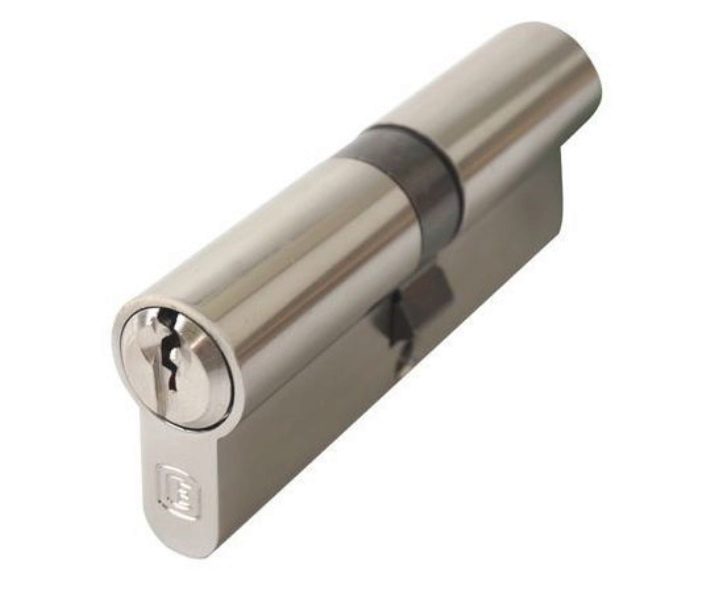
Despite such a rather significant disadvantage, cores with a turntable are very popular. They are aimed at ease of use, and when using such mechanisms, the key wear periods increase. The core with the spinner cannot be blocked from the inside as in the previous case, which can be a plus and a minus at the same time. Their cost can often be slightly higher than for key-key type cylinders.
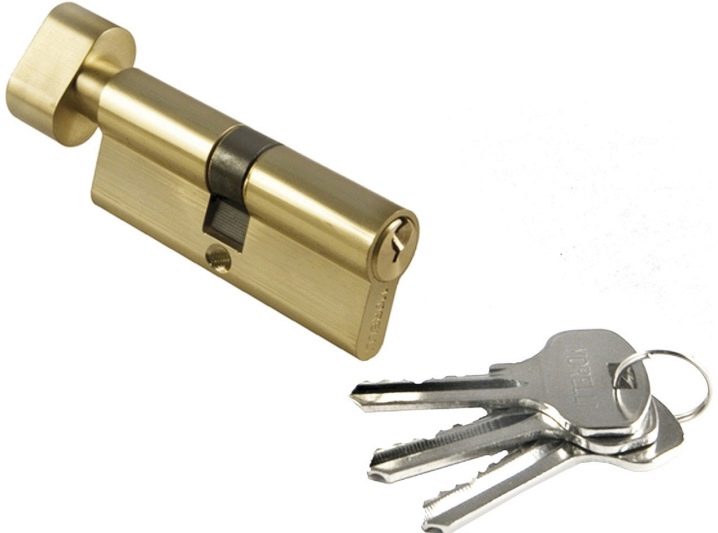
The so-called half-cylinder or one-sided larva, the core of which is installed mainly in utility rooms, where there is no need to open and close the door from the inside. Thus, the keyhole is only on one side of the door. These cylinders were invented for reasons of economy. This is especially beneficial when installing locks in large installations such as hospitals, schools or offices.
The examples given are called European standard cylinders. They are easy to distinguish from others by their shape, it resembles an upside-down light bulb. As a rule, such cores are equipped with two types of keys - the so-called English keys or perforated keys. An English key (or as it is also called a flat toothed key) resembles a small saw in appearance.The keyhole opening is positioned vertically. A large part of the locks on the market are equipped with such keys. Unfortunately, they have a low level of secrecy, with only 1000-2000 combinations. A burglar with a master key will cope with such a lock in a few minutes without noise and dust.
Perforated or profile keys are flat, square, with many notches and craters throughout. The key is positioned horizontally. Such locks have a very high level of secrecy, the number of combinations can amount to several million. Trying to open such a lock with a master key, there is a possibility of unsuccessfully fiddling with it for about an hour.
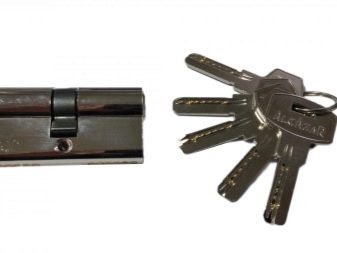
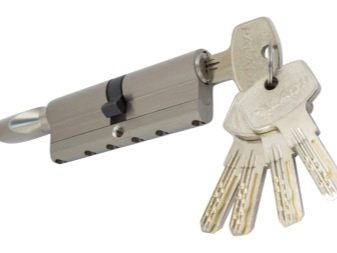
Burglar resistance is also influenced by the material from which the larva is made. They are usually made from brass and aluminum. Brass bodies are in the middle price segment, and are also used in the manufacture of expensive cores. The material is distinguished by its durability and does not corrode. Brass movements generally have a high level of secrecy. The properties of the alloy make it possible to make a more complex mechanism that will not collapse during operation. Some models are protected against drilling by adding hard metal.
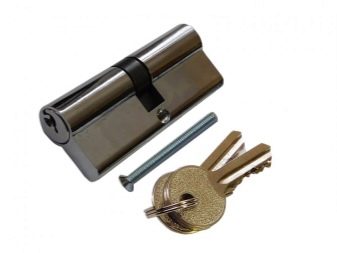
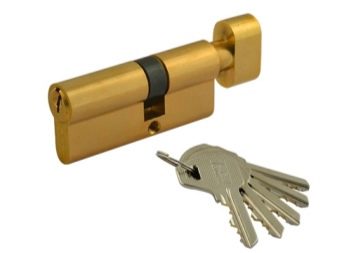
Aluminum cores are cheap. As a rule, they do not make complex mechanisms from it. Therefore, they have low secrecy, they are easy to crack with a master key, and it is not difficult to drill just. In addition, such larvae are subject to rapid wear. Installation of aluminum cores is recommended only on interior doors or in utility rooms, they are not suitable for heavy entrance doors.

In addition to the European standard larvae, the market may offer other, less popular options. Disc cores are round in shape and can be unlocked with a semicircular key with transverse notches. This type of larva has long been outdated and was once considered reliable. At the moment, they are available for free sale and stand out only for a low price. Padlocks are often designed according to this principle.
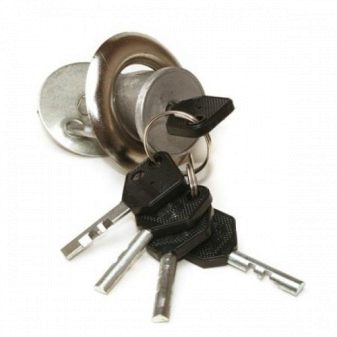
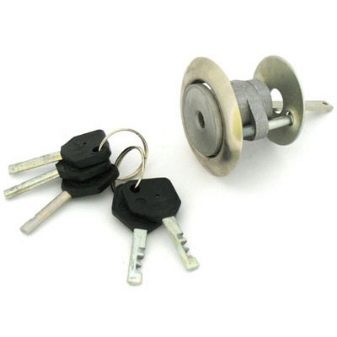
There are so-called cruciform larvae. As the name suggests, they are opened with a cruciform key. It can be either English or perforated. Such locks are distinguished by a high level of secrecy, but they do not do their job well. The lock can be opened with a regular screwdriver with some effort. In addition, cruciform cores are difficult to replace and in some cases of breakdowns require replacing the entire lock, which contradicts the very idea of using a removable cylinder.
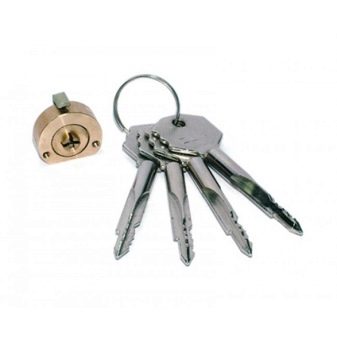
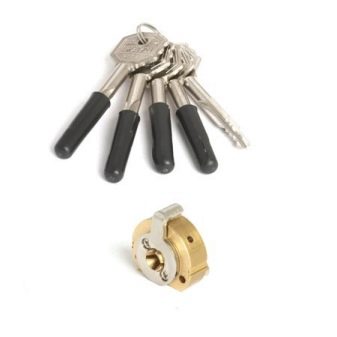
Manufacturers also offer a wide variety of electronic cores. These cylinders are designed for a standard fit in a mortise lock. They allow you to make an electromechanical one from a conventional mechanical lock. The installation of the larva takes place in exactly the same way as in the case of the euro core. The principle of operation is quite simple, namely:
- the mechanism has two handles on both sides of the core;
- the inner handle is connected to the cylinder mechanism like a turntable, while the outer handle rotates freely without affecting the mechanism;
- as soon as an electronic key or key fob is applied to the handle, a bunch of the external handle and the lock occurs;
- all that remains is to turn the handle a few turns and open the door;
- to close the door from the outside, you must do the same in reverse.
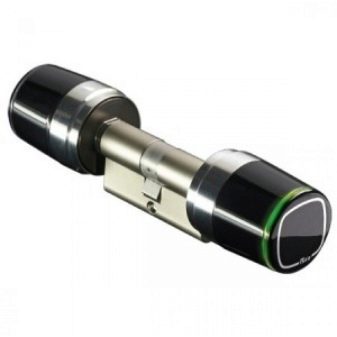
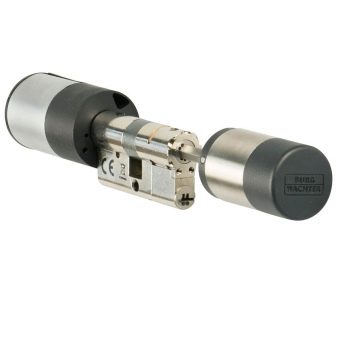
Important! In such systems, the most compelling thing is the ease of use. They do not differ in high reliability.
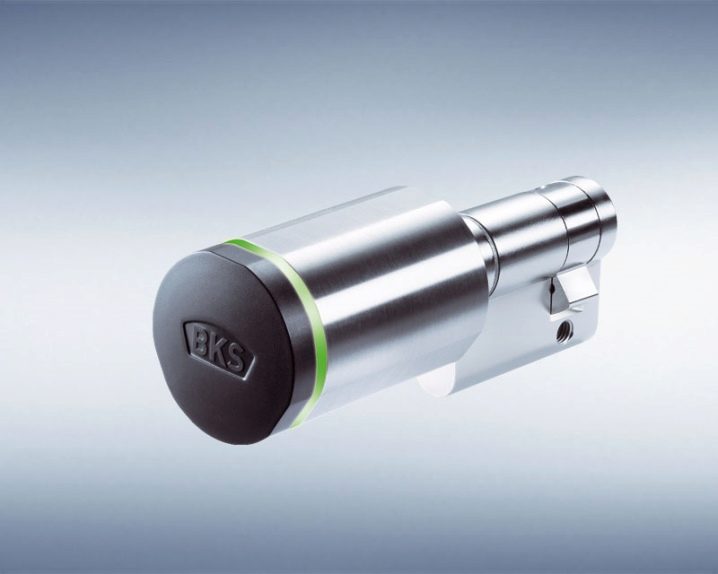
A special pad on the lock cylinder will help to make the lock more reliable. They are also called armored plates. Many locks have this protection by default. It covers most of the cylinder, with a small rotating slot that allows you to insert the key into the keyhole and turn it. This significantly increases the reliability of the lock, protecting it from mechanical stress.
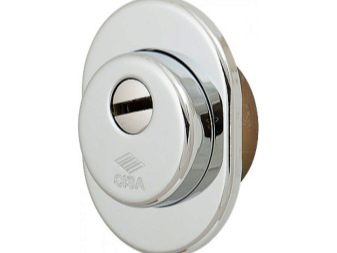
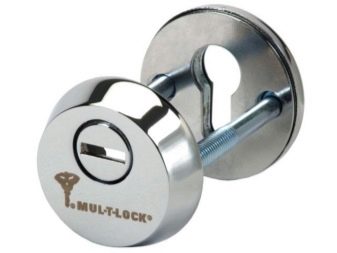
Door lock larvae come in several sizes.The most common cores are 60.70 and 80 millimeters. But the whole range of sizes varies from 54 to 130 mm. This parameter is taken into account when choosing a larva.
How to choose?
To choose the right larva, you first need to know its size. They may differ depending on the width of the door leaf. And also the larvae are divided into equilateral and versatile. For equilateral cylinders, the distances from the edge to the hole for the fasteners on the right and left are equal. The versatile ones have one side longer. They can also be called symmetrical and asymmetrical. It will not always be possible to perfectly match the length of the core to the thickness of the door leaf. The larva should not protrude more than 3 mm from the outside.
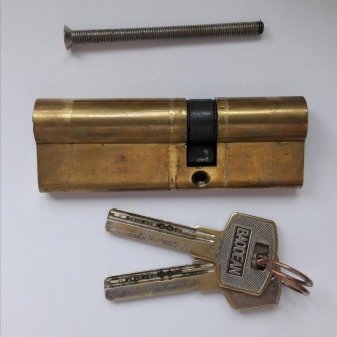
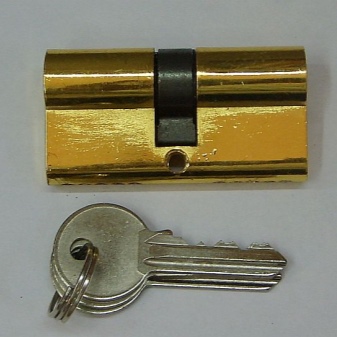
As a rule, larvae of the same type are universal. A core from other manufacturers will fit your lock without any problems. To determine the type of core that will fit your lock, as well as its dimensions and aspect ratio, it is best to disassemble the lock and get the faulty core, choosing a new one based on its parameters. When choosing a larva, you should pay attention to the manufacturer. Focusing on the quality ratings and reputation of a particular company producing locks, you can choose a favorite in terms of price-quality ratio. It is not recommended to take very cheap cores, which is fraught with your own safety.
The best choice for an entrance door would be a brass key-key core with a perforated key in the middle price range. This choice will provide you with more reliable protection and comfort in use. For interior or plastic doors, an aluminum core with an English key is perfect. Don't take the cheapest one.
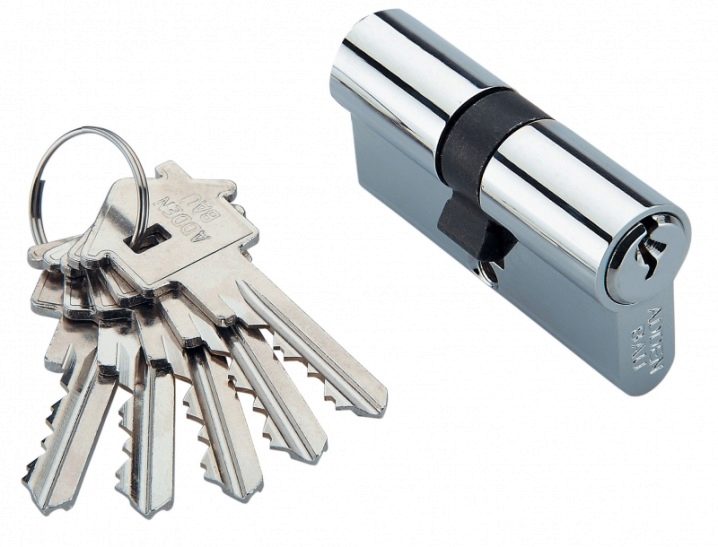
Basically, the larvae are intended for mortise locks. Since the installation and maintenance of mechanisms of this type is very difficult task, removable cores are designed to facilitate this process. With overhead locks, everything is much simpler, in most cases they are not equipped with removable cores, with rare exceptions. Their fastening is done in a slightly different way, it is fixed on the inside of the lock; to replace the core, the patch lock often has to be disassembled. Cores for magnetic locks are also rare.
How to install?
The advantage of removable door lock cylinders is that they are easy to replace and install. It will not be difficult to understand this problem and install the core on your own. As a rule, the installation of the larva is required in the event of a breakdown or, if necessary, change the key; under such conditions, only the core can be replaced. To do this, you need to perform the following algorithm:
- remove decorative overlays from the mortise lock;
- then remove the larva itself to determine the type of mechanism, which is done by unscrewing the central bolt holding it;
- based on the parameters of the old core, you can easily choose a new one, based on the above;
- after purchasing a suitable cylinder, it remains only to insert it into place and fix it with a bolt.
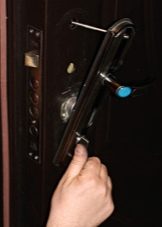
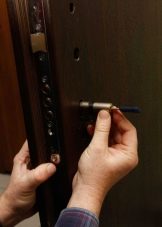

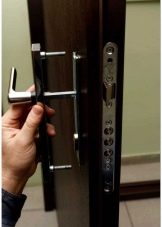
You will learn how to choose a larva for the castle in the video below.













The comment was sent successfully.